Despite the ever-changing definition and aesthetic of street photography, it is a genre that will remain vital to photography as a whole. Dogmatists, of course, will contend that there is no great street photography being produced today, but this in no way means the genre is dead. And it certainly doesn’t mean everyone should give up doing street photography.
In fact, I’m in favour of every photographer giving street photography a try at least once. It’s worth the challenge, especially if you end up developing a knack for it. Whether you establish yourself as an all-time great isn’t the point (nor should it be your goal, really).
You’ve got to start somewhere, so here are 5 practical tips that will help you find your footing in street photography.
1. Be Confident
Street photography brings up feelings of anxiety for many photographers. Fear of getting negative reactions from subjects can prompt you to shoot at too great a distance, thereby creating “empty” shots. Fear can also lead you to try to take a sneaky approach, attempting to conceal your camera and what you’re doing, which is ironically only going to generate more attention toward yourself.
Generally speaking, street photography works best when you get close to your subjects. To sort of erase yourself into this, try shooting in places with lots of tourists (or assume the role of a tourist yourself).
In very busy areas people aren’t likely to be paying close attention to you and everyone is probably going to be accustomed to the presence of cameras in public spaces.
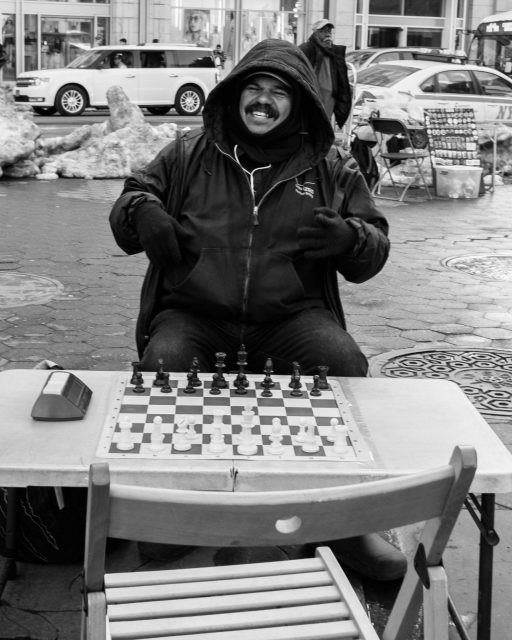
2. Don’t Obsess Over Gear
We often hear street photographers talk about their preference for small discreet cameras, but the truth is any camera can be used for street photography. While I mostly agree with and abide by the “small is good” logic, I think what’s more important is to use a camera you’re very familiar with so that you’re not fumbling over settings and missing shots.
Tech specs aren’t of monumental importance either, certainly less so than if you were shooting architecture or landscapes. It’s not the camera that’s going to make you a good street photographer, but knowing how to use your camera will be invaluable in achieving that end.
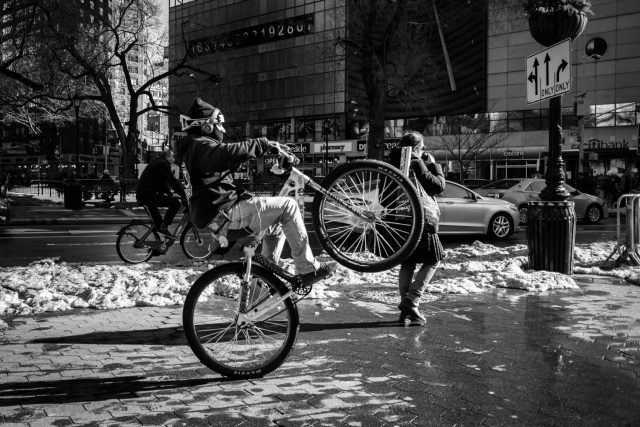
3. Speed Kills
When shooting on the street you have no control over much of anything. As people in all their shapes, sizes, colors and states of dress swirl about, the best thing you can do is be prepared.
Obviously, you can’t see everything that occurs around you, but when you do spot a moment worth capturing, you’ve only got a matter of seconds to get the camera up to your eye and press the shutter.
It’s perfectly fine to shoot in Program mode and let the camera do all the technical work. Just get the shot. As you become more adept at shooting on the street you may opt to shoot in aperture priority or shutter priority for different creative effects. And if you ever reach hero level, shooting fully manual isn’t out of the question.
But remember the one rule to rule them all: just get the shot.
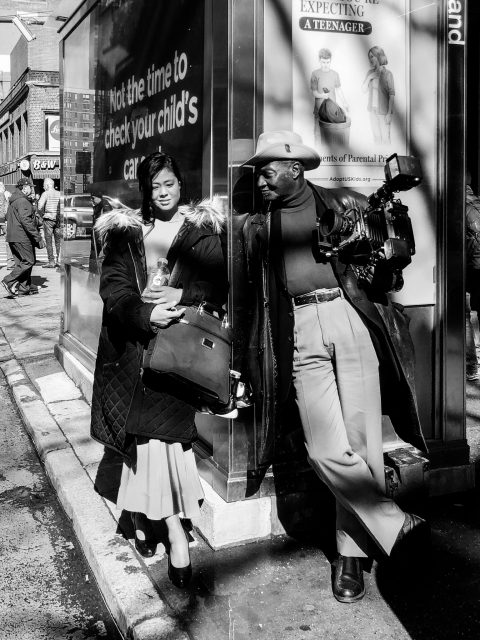
4. Skip The Cheap Shots
As with all things creative, there’s going to be differences of opinion concerning what’s good and what isn’t. If your goal is to craft interesting street shots, I have discovered over time that if a shot is too easy to capture it’s probably not worth capturing.
It’s certainly possible that, under the right circumstances, shots of the back of people’s heads can tell an interesting story.
But this isn't always the case — inexperienced street photographers tend to shoot the backs of heads because they are easy targets. Instead, look for facial expressions and gestures to anchor your candid street photos.
Of course, this means you’ll have to get close (see #1).
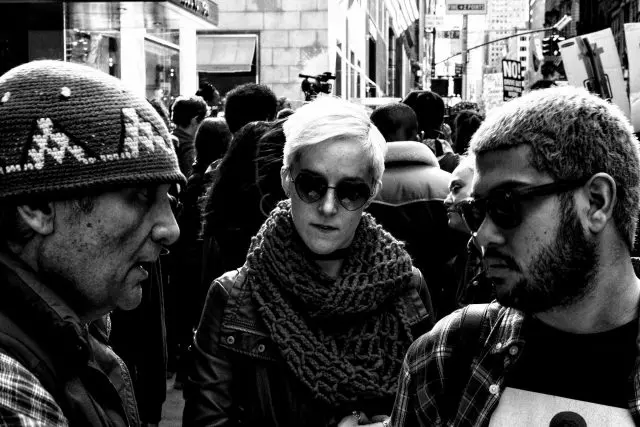
5. Establish Your Vision
While you may be taking photos of other people, your street photography says more about you than it does about those you photograph.
When you’re out with your camera you are capturing mere moments in the lives of individuals you don’t know and will probably never see again. But as you strive to record those moments in your own way, you will eventually build a collection of images that reflects your worldview and your creative process.
When you find what works for you, keep doing it.
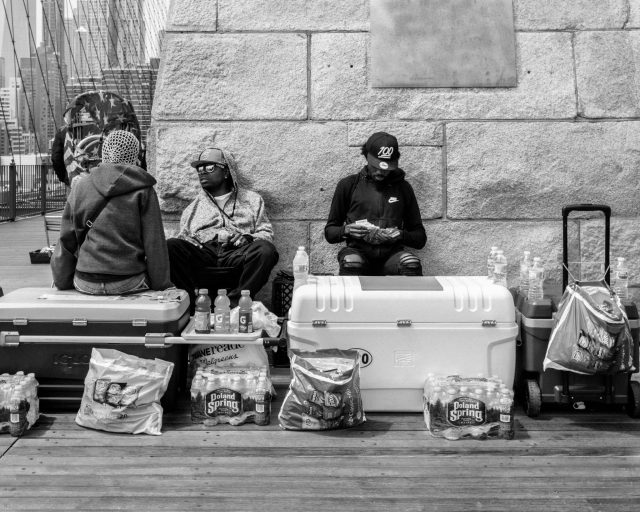
Final Thoughts
Don’t get caught up in the debates about the state of street photography — it isn’t going anywhere. But if you are going to participate in this particular genre of photography, make sure you’re contributing something meaningful — something interesting, at the very least. The ideas presented above will hopefully help you figure out how to get there.

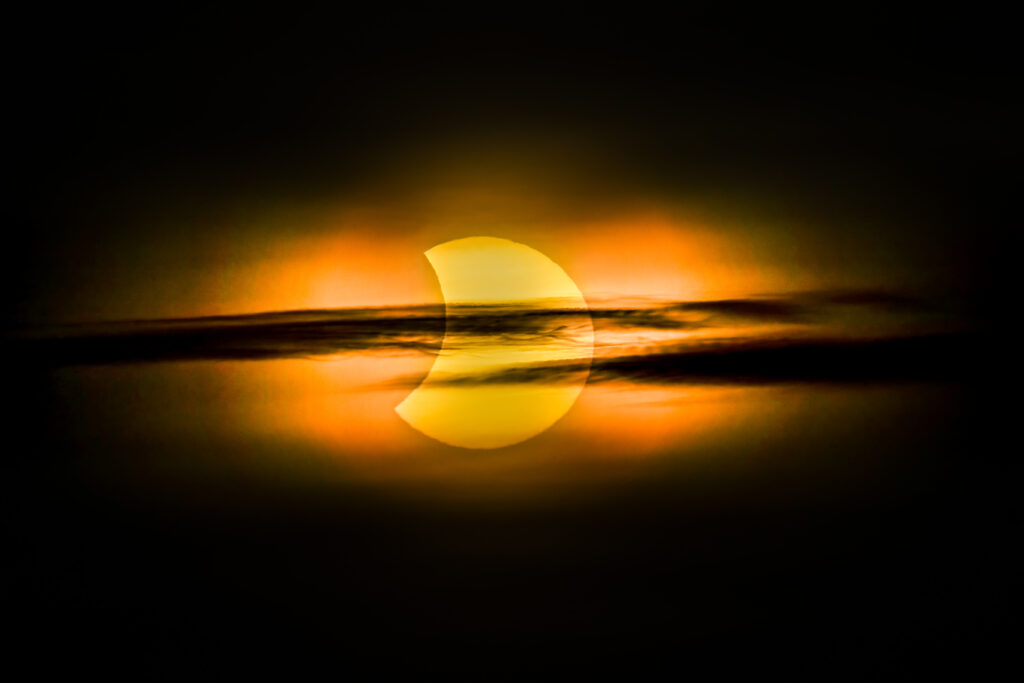

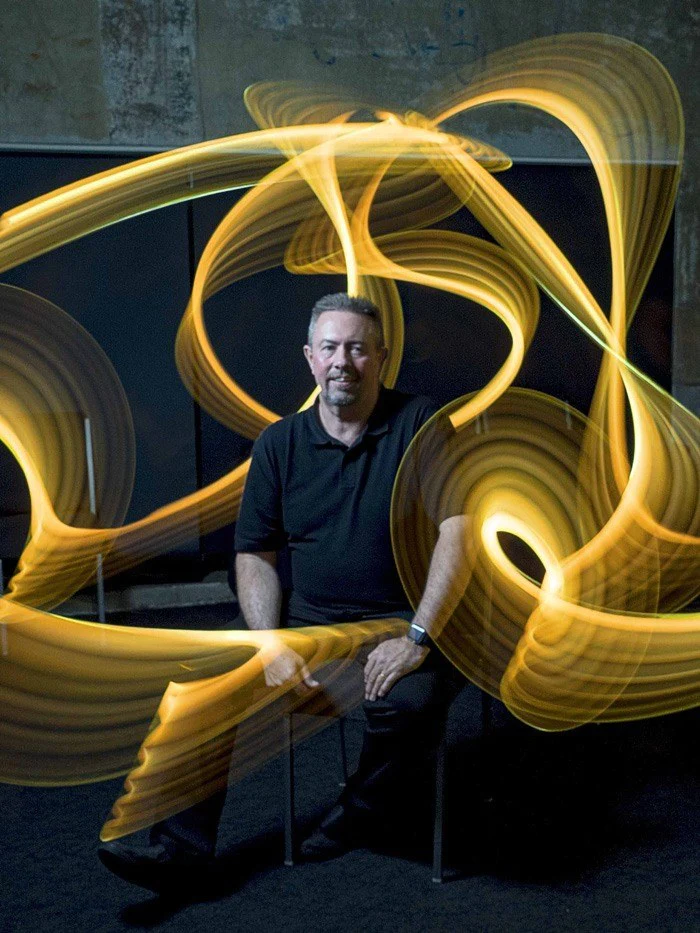
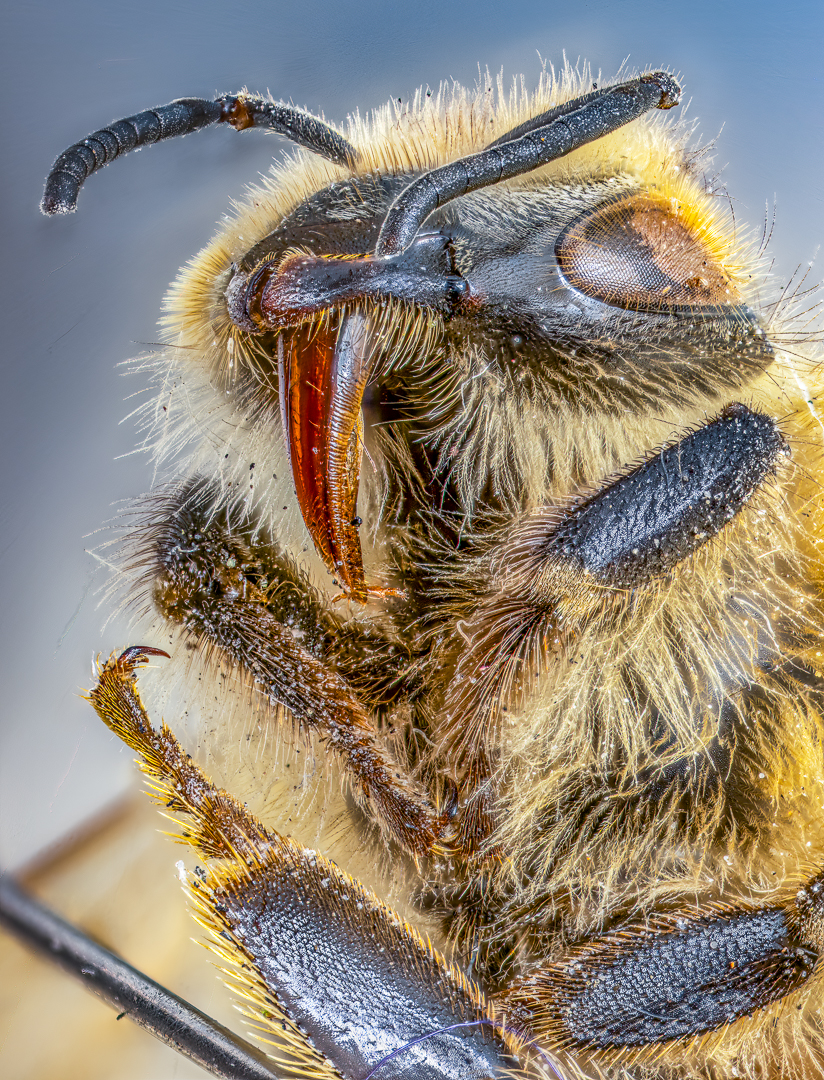
2 Comments
I loved your tips and reflections … it’s almost a psychology of photography hahaha
Thanks for taking the time to read and comment, Marcus!